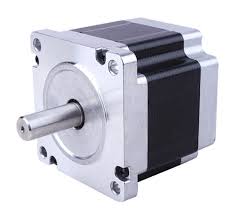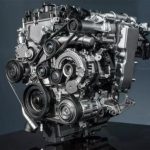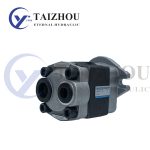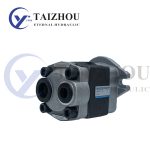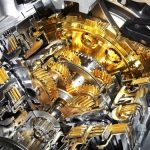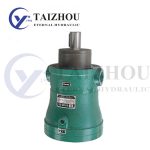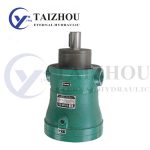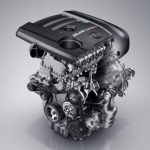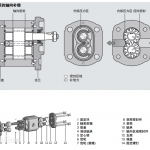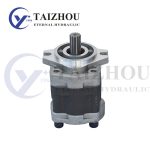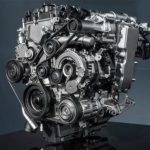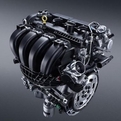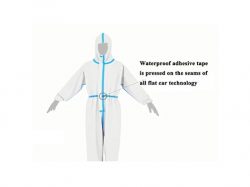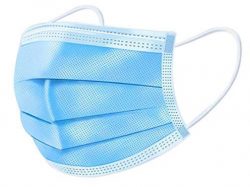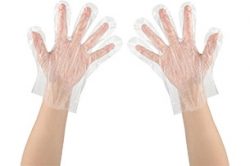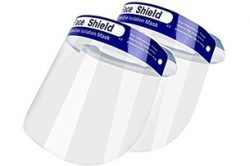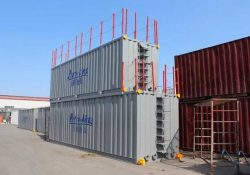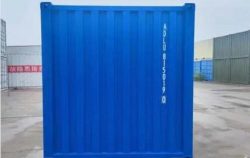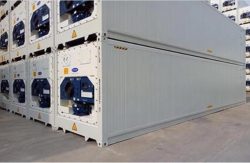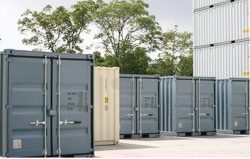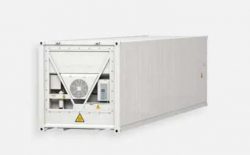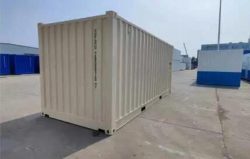China Electric Motor – Stepper Motor Selection Model Elements
China Electric Motor Description: Stepper motor consists of three major factors: step angle (involving phase number), static torque, and current. Once the three major factors are determined, the model of the stepper motor is determined.
1, the choice of step angle
The step angle of the motor depends on the accuracy of the load. The minimum resolution (equivalent) of the load is converted to the motor shaft, and the angle of each equivalent motor should be taken (including deceleration). The step angle of the motor should be equal to or less than this angle. At present, the step angle of stepping motors on the market is generally 0.36 degrees / 0.72 degrees (five-phase motor), 0.9 degrees / 1.8 degrees (two, four-phase motors), 1.5 degrees / 3 degrees (three-phase motors), etc.
2, the choice of static torque
The dynamic torque of the stepper motor is difficult to determine at once. We often determine the static torque of the motor first. The static torque selection is based on the load on which the motor operates, and the load can be divided into two types: inertial load and friction load. A single inertia load and a single friction load are not present. When starting directly (generally by low speed), both loads should be considered. When starting acceleration, the inertia load is mainly considered. For constant speed operation, only the friction load should be considered. Under normal circumstances, the static torque should be 2-3 times of the friction load. Once the static torque is selected, the base and length of the motor can be determined (geometric size).
3, the choice of current
Motors with the same static torque have different operating characteristics due to different current parameters. The current of the motor can be judged according to the torque frequency characteristic curve (reference drive power and drive voltage).
https://www.xjetl.com
